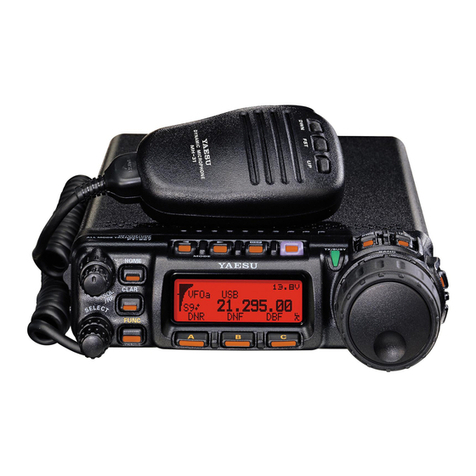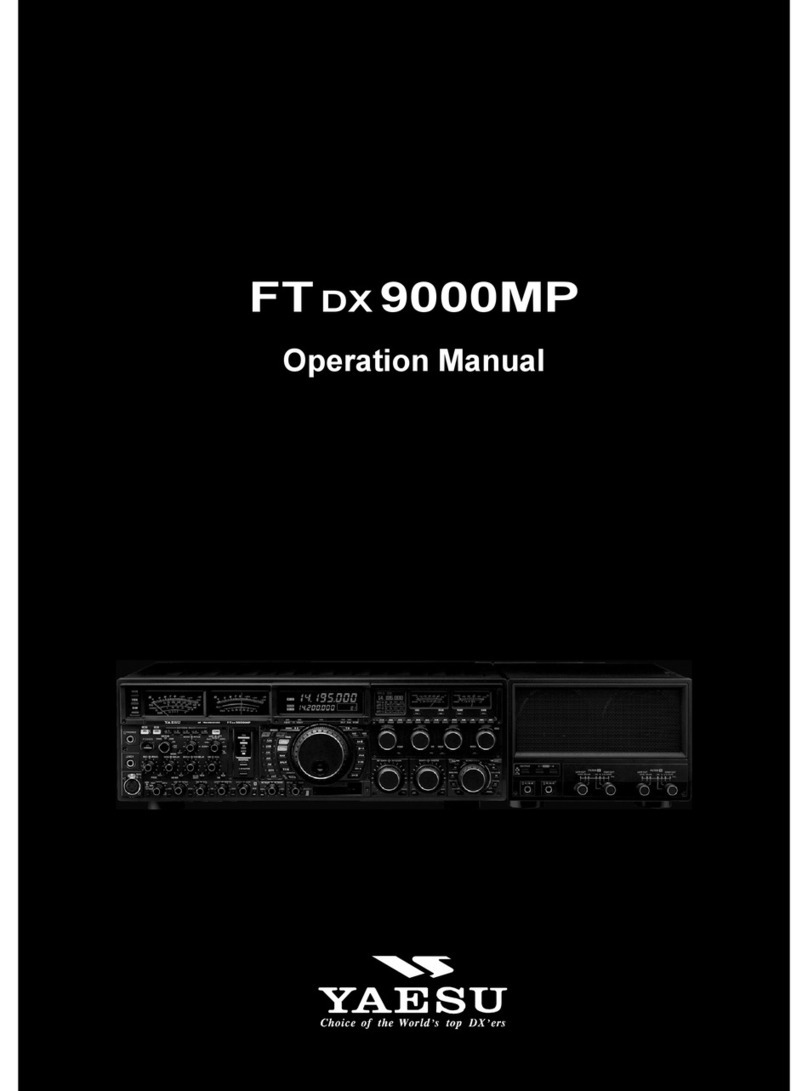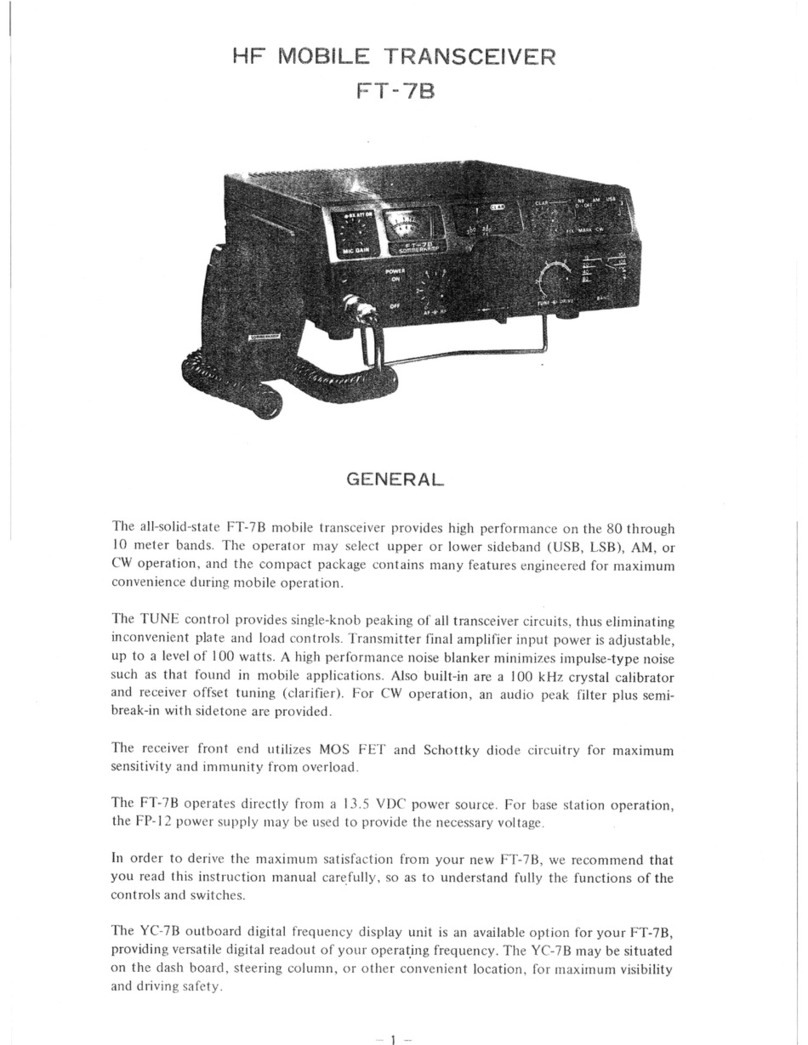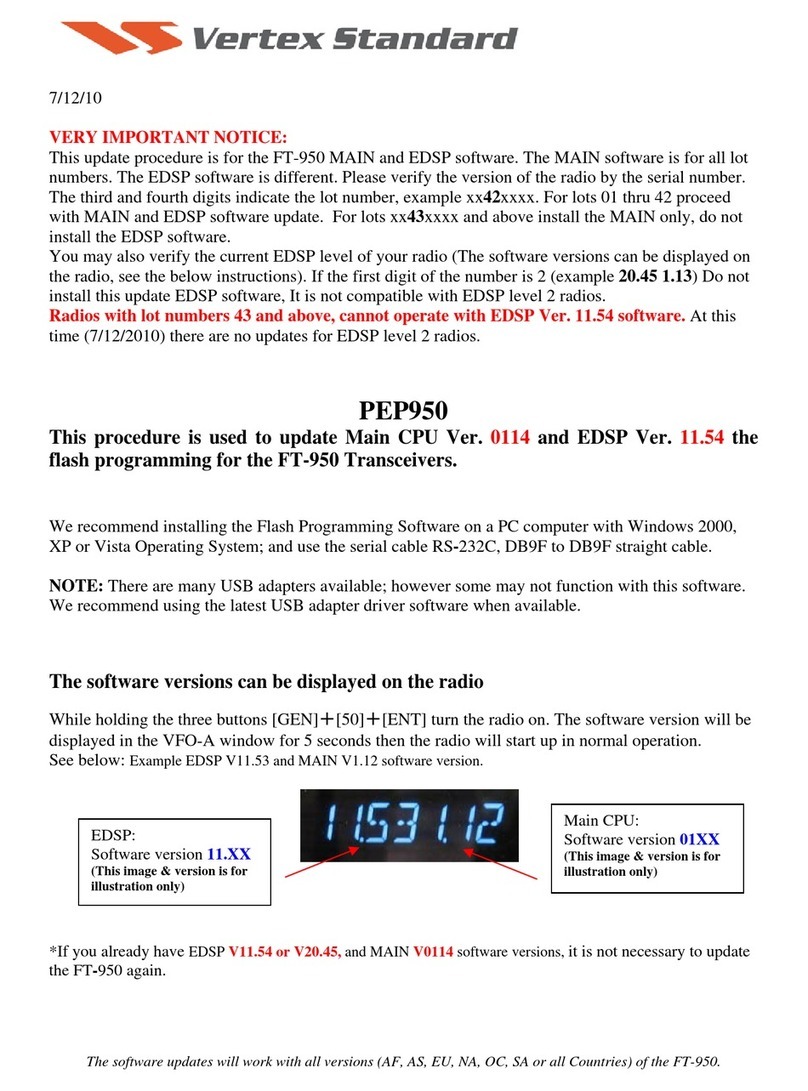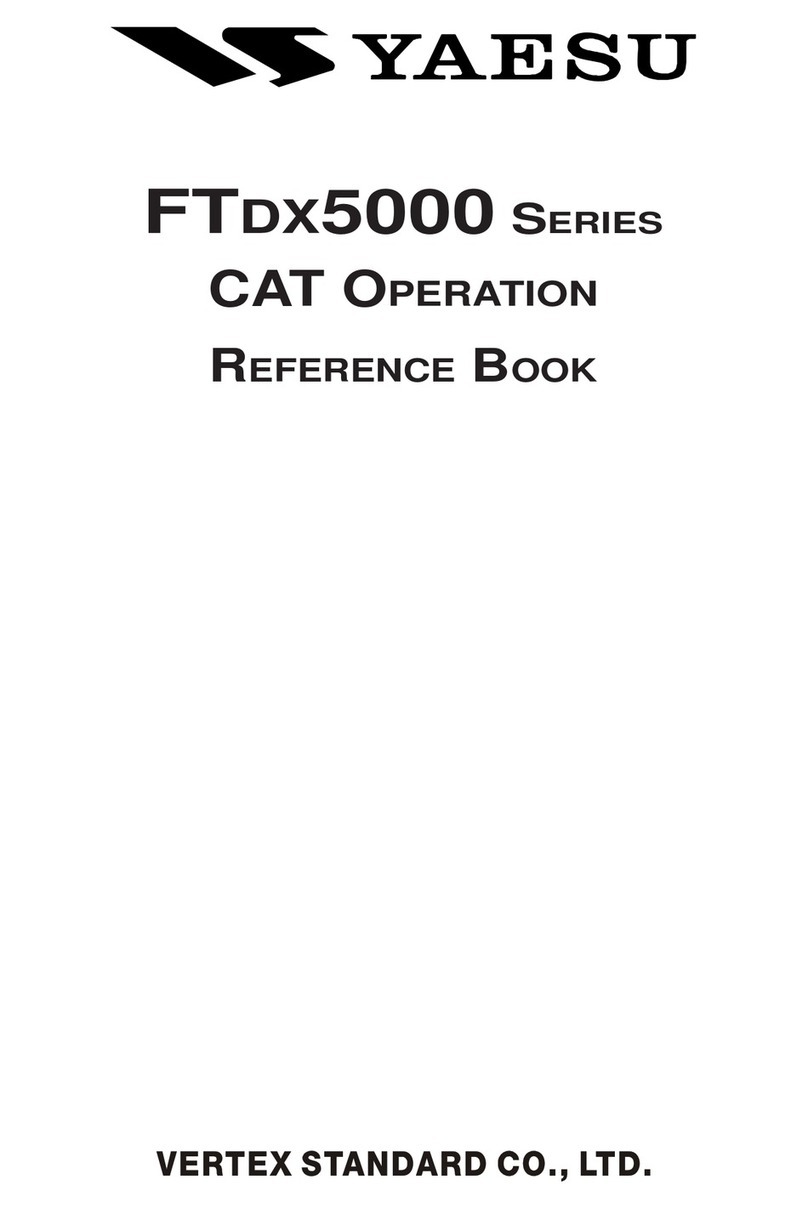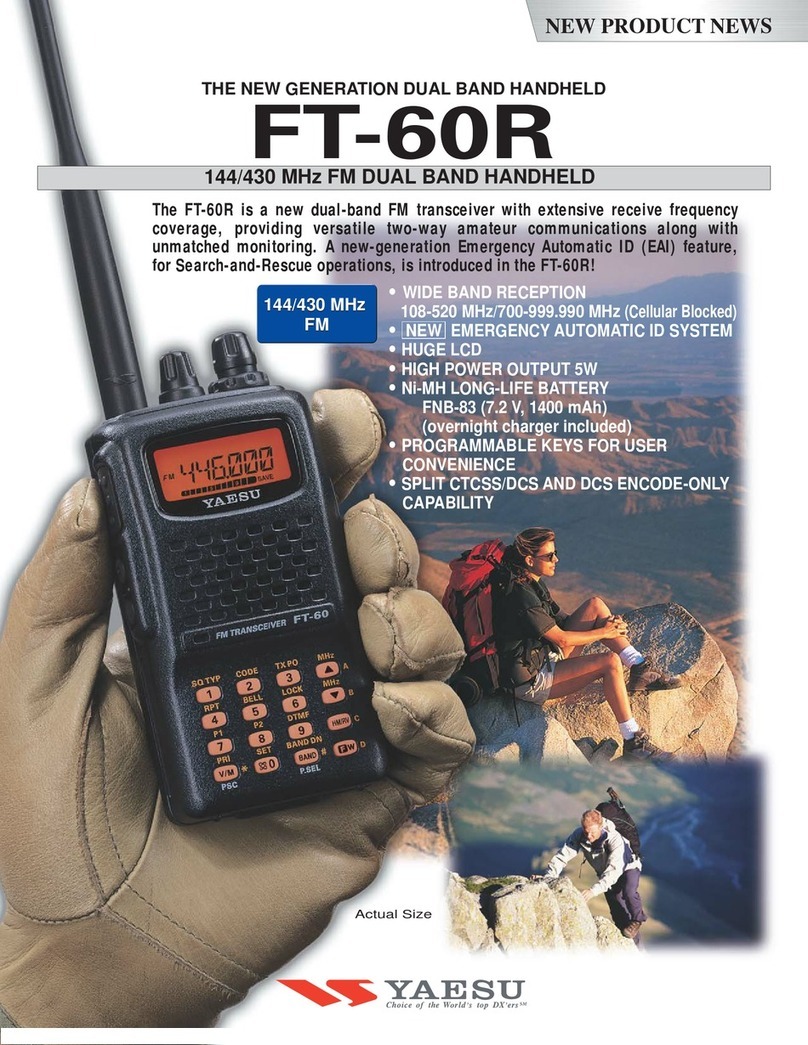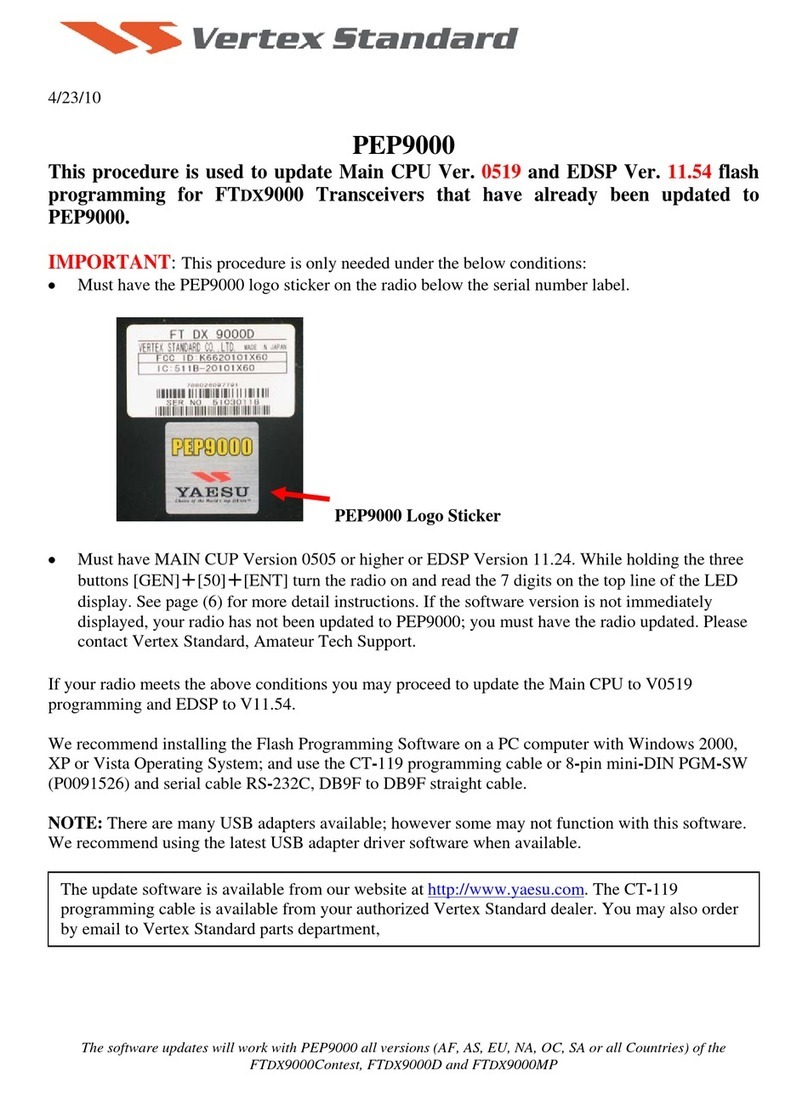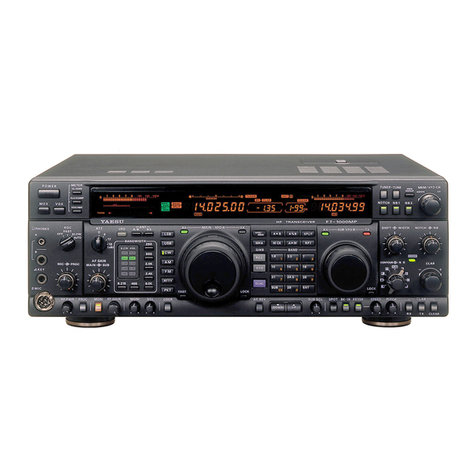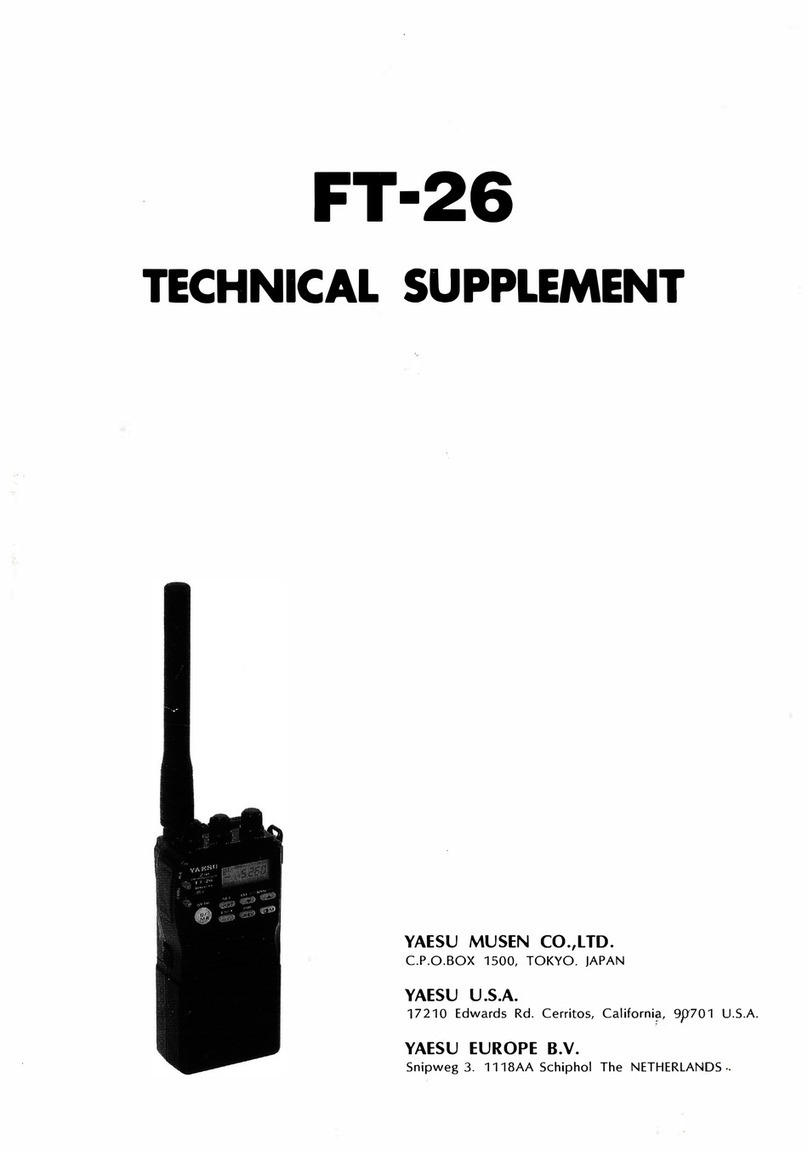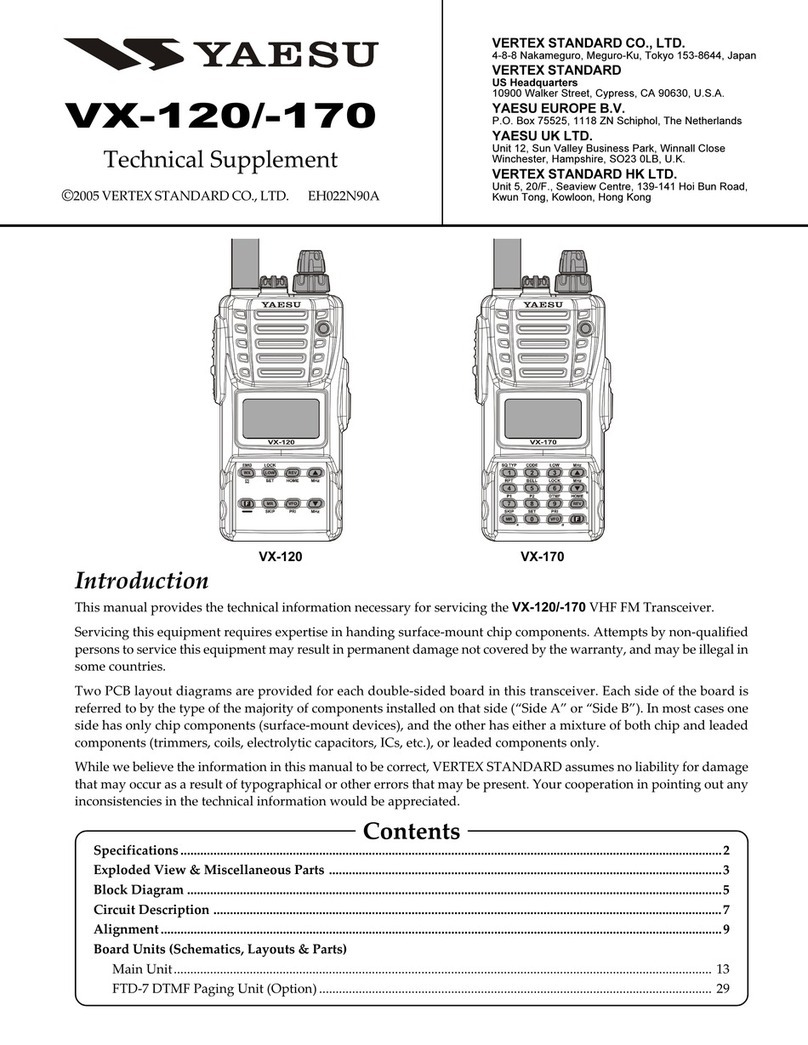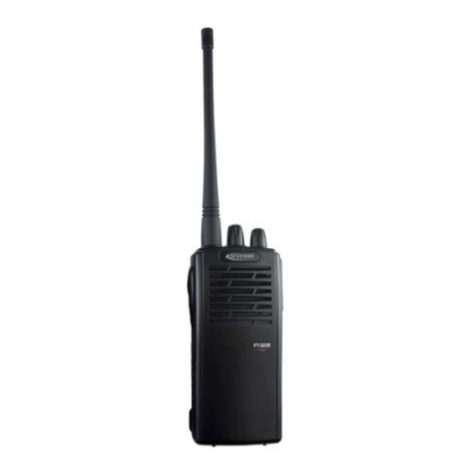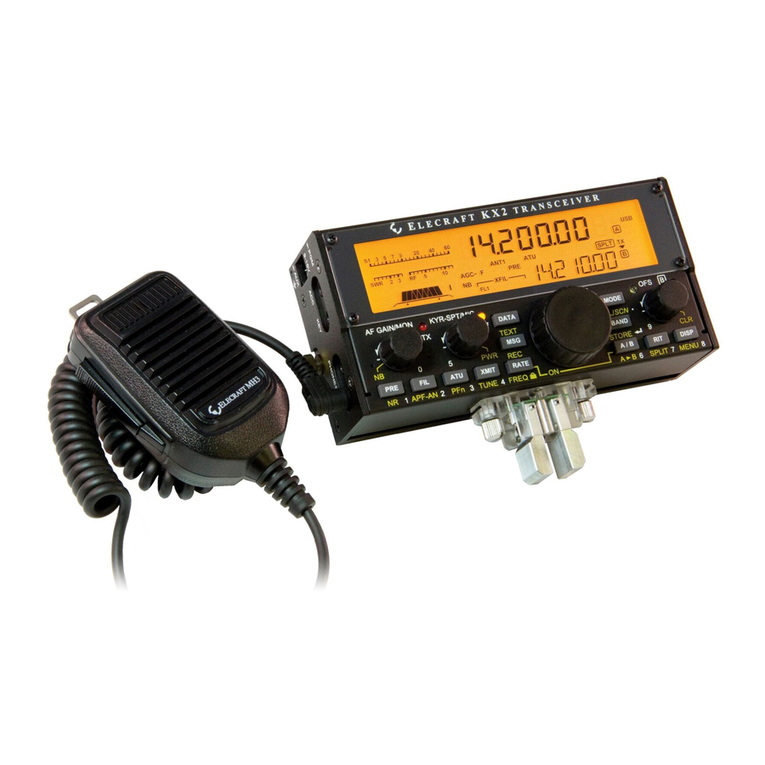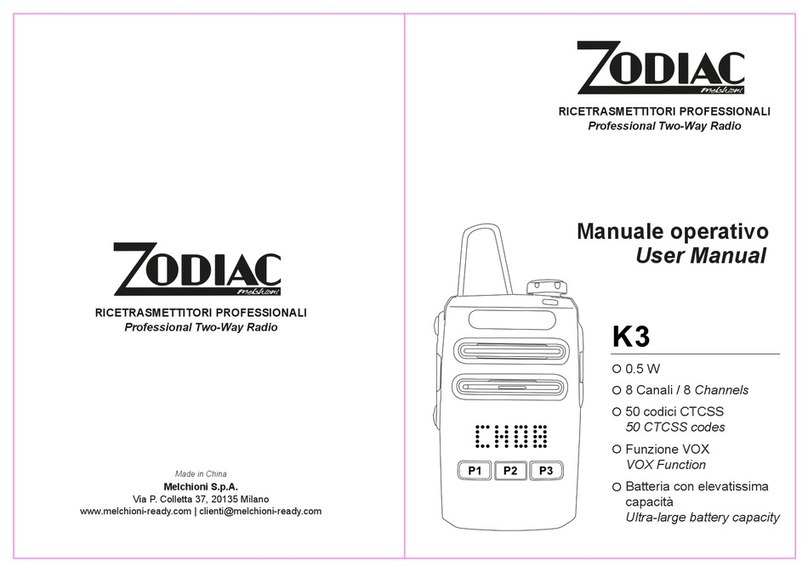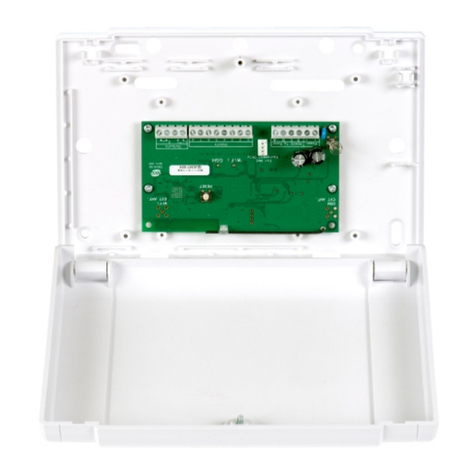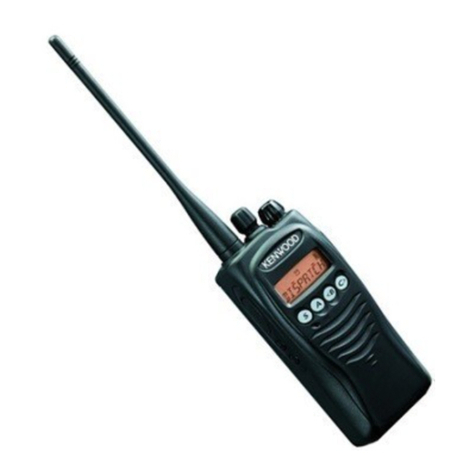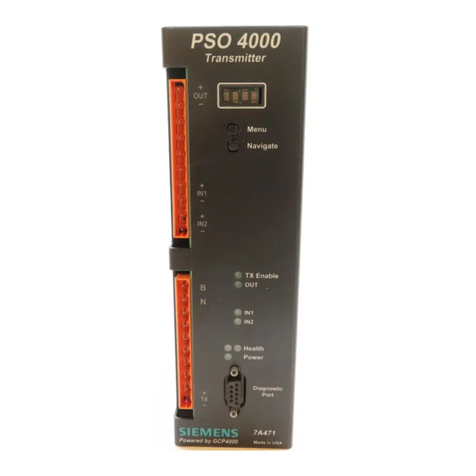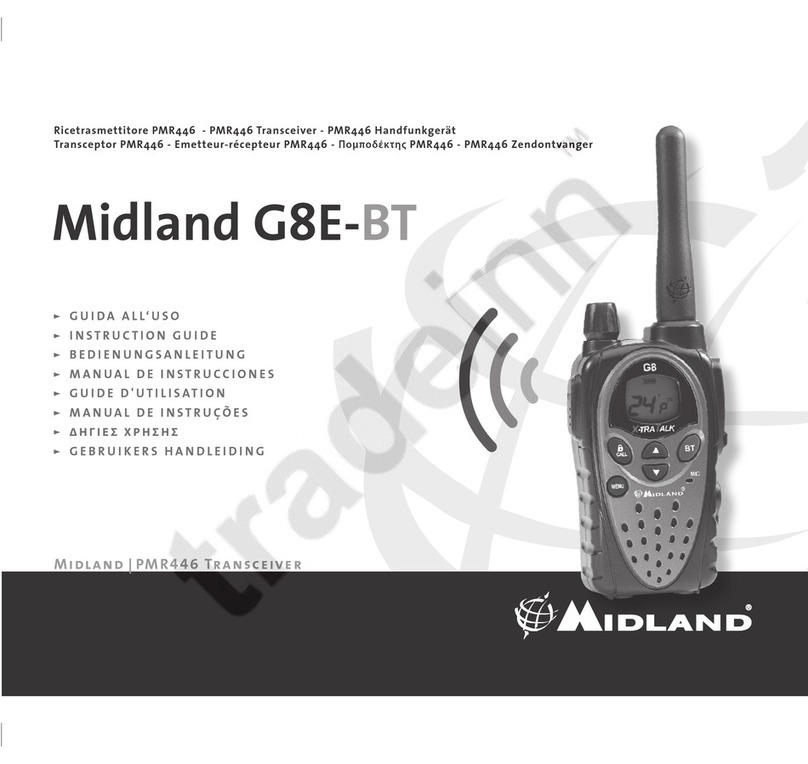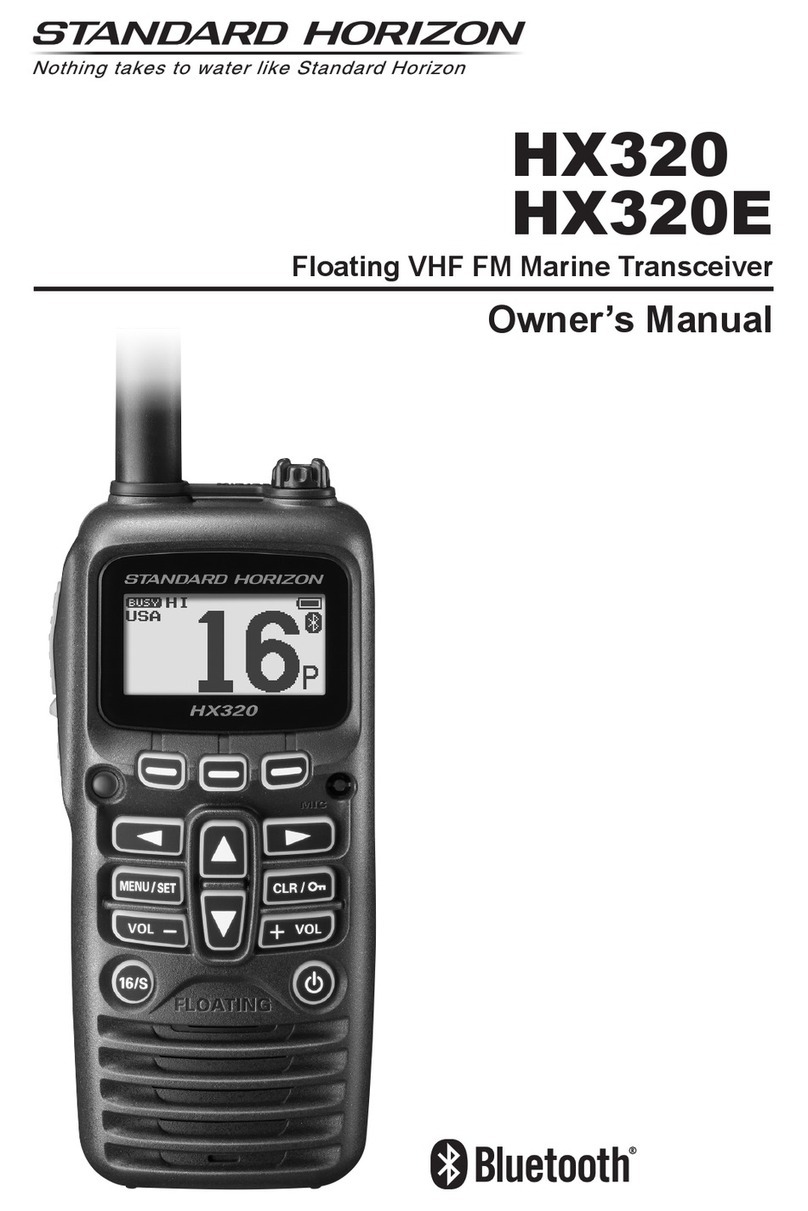Chip
Component
Information
---------
Replacing Chip Components
Chip
components
are
installed. at
the
factory
by a
series
of
robots
.
The
first
one
places a
small
spot
of
adhesive
resin at
the
location
where
each
part
is to be
installed
,
and
later
robots
handle
and
place
parts
using
vacuum
suction.
For single
sided
boar
ds
,solder paste isapplied
and the board is then baked to har
den
the resin
and
flow the
solde
r. For d
ou
ble si
ded
boa
rds,
no
sol
de
r
pa
ste is applied, but the bo
ar
d is
bak
ed
(or
expose
d to ultra-violet light) to cure the re
sin
before dip sol
de
ring.
In our la
bor
at
or
ies
and
service
shops, small
quan
tities of ch
ip
components
are
mou
nted man-
ually
by
applying
a
spot
of resin,placing
with
tweezers
,
and
then soldering by very small
dual
streams of
hot
air
(without
physical contact
dur-
ing
soldering)
. We
remove
parts by first remov-
ing
solder
using
a
vacuum
suction
iron,
which
applies a light
steady
vacuum
at the iron tip,
and
then
breaking
the
adhesive
with tweezers.
The
special
vacuum
/dcsc
ldering
equipme
nt
is rec
omm
end
ed if you expect to
do
a lot of chip
replacem
ent
s. Otherwise, it is
usua
lly possible
to r
emove
and r
epla
ce
chip
components with
on ly a tapered, t
empera
t
ur
e-controll
ed
solder-
ing
iro
n, a set of tweezers and brai
de
d co
ppe
r
sol
de
r wick. Sol
de
ring iron te
mpe
rature should
be be
low
280°C (536
°8
.
1-4
Precautions for Chip Replacement
oDo not disconnect a
chip
forcefully,
or
the
foil
pattern
may
peel off
the
board
.
o
Never
re-usea
chip
component.
Dispose of
all remov
ed
chip
components
immediate-
ly to
avoid
mixing
with
new
parts
.
oLimit soldering time to 3 seconds
or
less to
avoid
dam
aging tileco
mpo
nent and
board
.
Removing Chip Components
oRemove the solder at each joint, one joint at a
time, using so
lde
r wick w
hetted
with nona-
cidic fluxes as s
how
n be
low
.
Avoid
ap
plying
pressure
, and
do
not
attempt
to re
move
tin-
ning
from
the
chip
's electrode.
oG
rasp
the
chip
on
both
sides
with
tweezers
,
and gently twist
the
tweezers
back and fort h
(to br
eak
the
adhesive
bond)
while
alter
nate
-
ly heating each electrod e. Be careful to
avoid
peeling the foil traces f
rom
the boa rd.
Dis
pose
of the chip w
hen
r
em
ov
ed
.
oAfter removing tile chip, use the co
ppe
r braid
and so
lde
ring iron to wick
away
any excess
solder and s
mooth
the
land for installation of
the replacement part.
IT-B
lOOR
T
uhn
icaf SupplemNlt
•
•
•
•
•
